Humpback Bridge
The oldest arched-covered bridge in Virginia has truly withstood the test of time.
Located three miles west of Covington, the Humpback Bridge in Alleghany County is the oldest of seven covered bridges still standing in Virginia. It’s also one of two remaining cambered and covered wooden bridges in the United States.
For over 163 years, the bridge endured catastrophic floods, fires, and decay. These elements have destroyed all other covered bridges in this region of the Shenandoah Valley. Its last brush with destruction occurred in September 2016, when the bridge again survived raging floodwaters.
The current structure was erected in 1857 from hand-hewn and pegged timbers. The photogenic bridge spans Dunlap Creek, a tributary of the Jackson River. Servicing the old Kanawha Turnpike, it was the fourth bridge constructed at this location. Flooding and structural failures destroyed its three predecessors.
The Humpback Bridge’s roof and novel, arched design, were intended to extend the bridge’s longevity. The bridge is 109-feet long, and the apex of its arch is four feet higher than the bridge’s ends, creating its unique, eponymous silhouette.
Since uncovered wooden bridges rarely lasted more than a decade, a covered bridge’s roof protected the structure’s decking from inexorable deterioration caused by sun and rain. More importantly, engineers believed the span’s arch would protect the bridge’s midsection from high water and flooding. The bridge’s prolonged existence seemed to prove their theory correct. The picturesque Humpback Bridge even survived the American Civil War, when Union soldiers burned and destroyed neighboring bridges in Alleghany County.
By 1929, the one-lane Humpback Bridge had outlived its usefulness. US Route 60 was diverted to a “modern” steel bridge a few hundred feet away, bypassing the old bridge. It lingered in neglect, and by 1950, it was being utilized for hay storage for a nearby farm.
During the early 1950s, public and private entities raised funds for the bridge’s restoration. It reopened to pedestrian traffic in 1954 and the surrounding five acres of parkland were dedicated as the Humpback Bridge Wayside.
On October 16, 2012, the bridge was designated as a National Historic Landmark and it remains the only Virginia bridge on that registry.

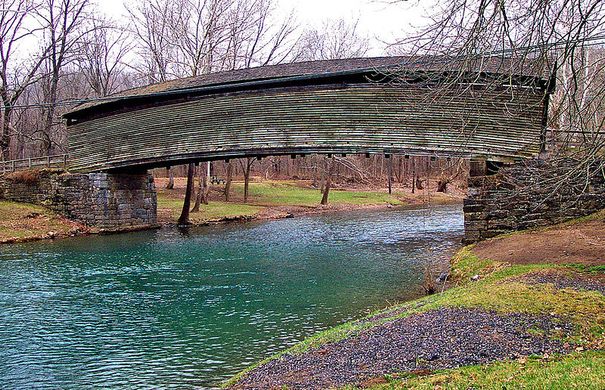



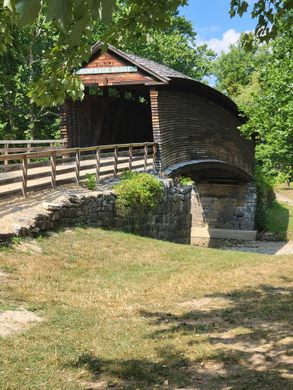
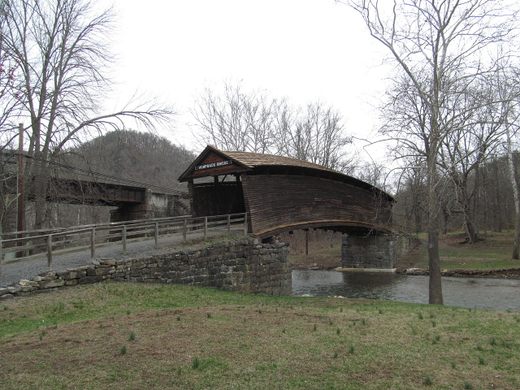
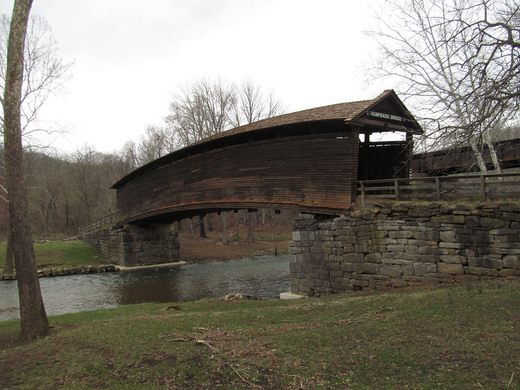
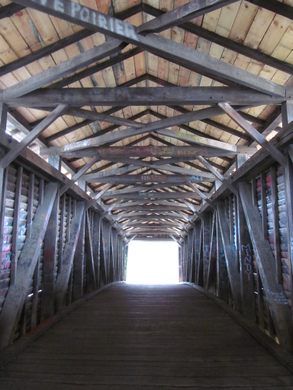
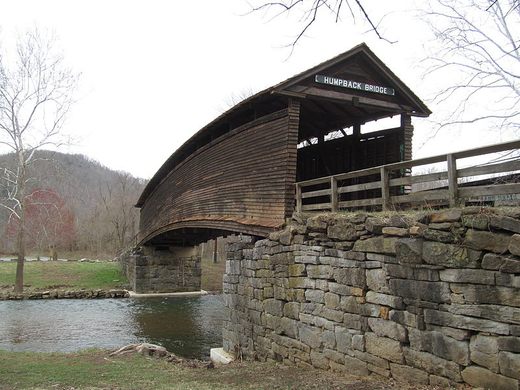
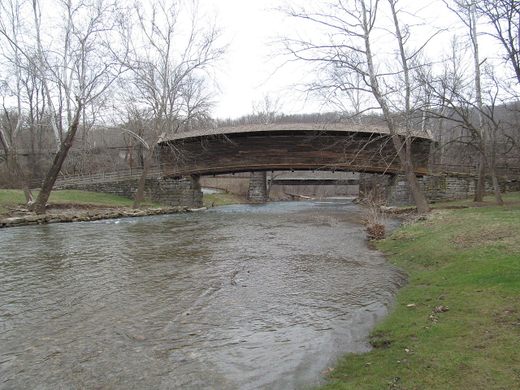

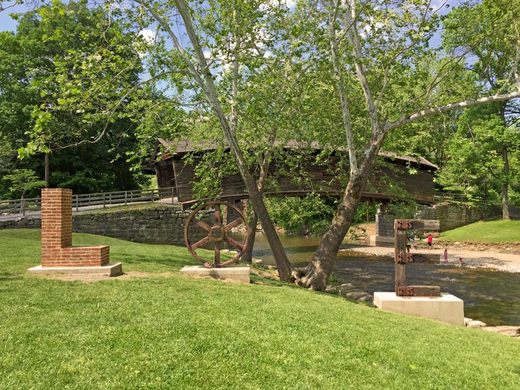
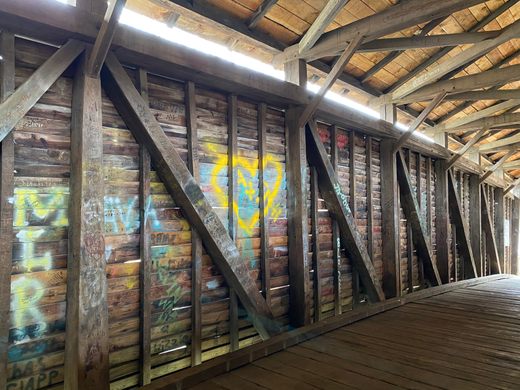
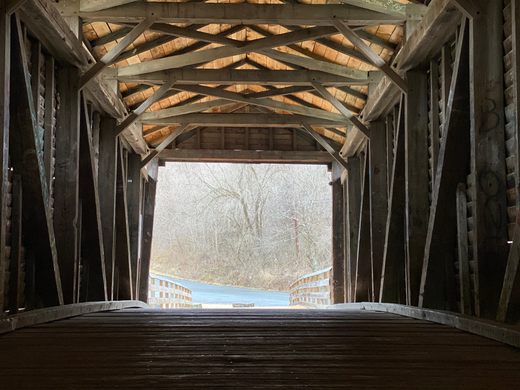
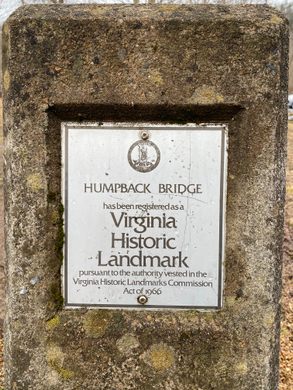
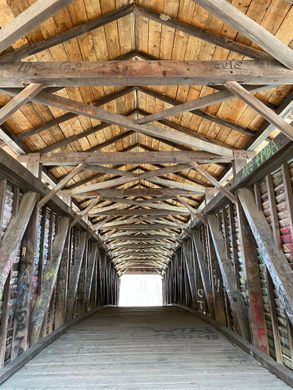
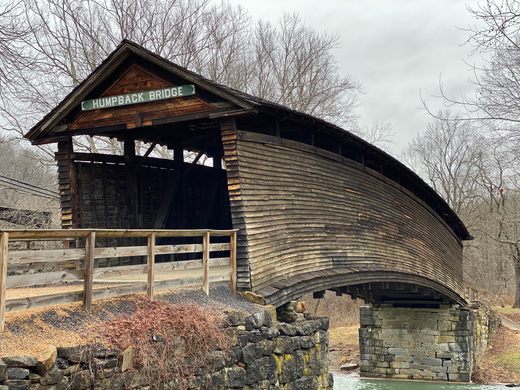
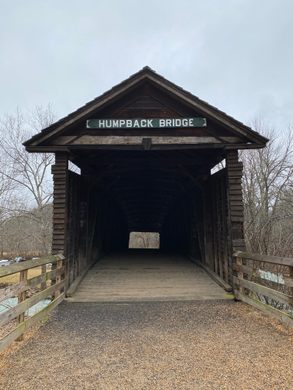
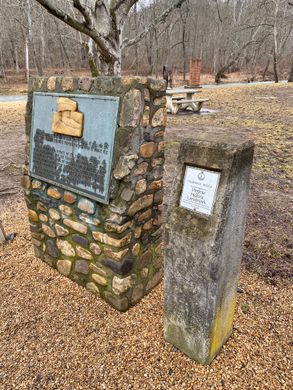

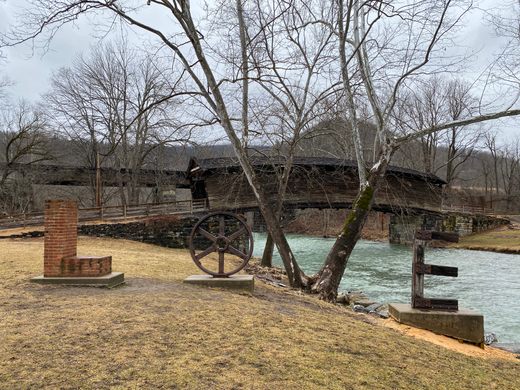






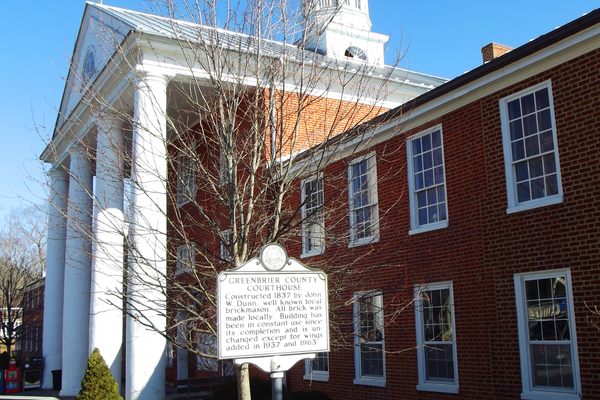
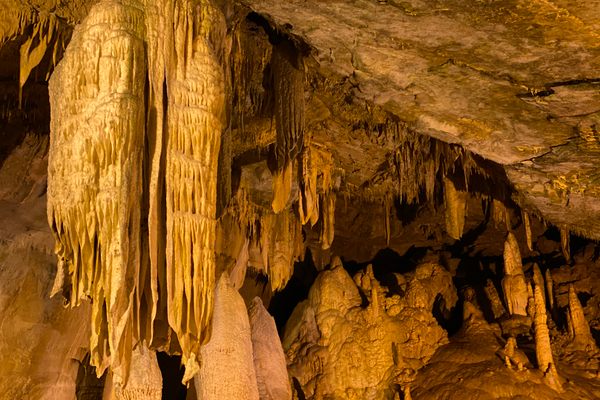

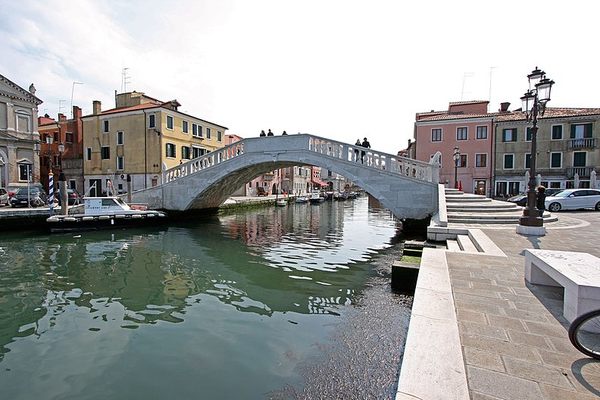


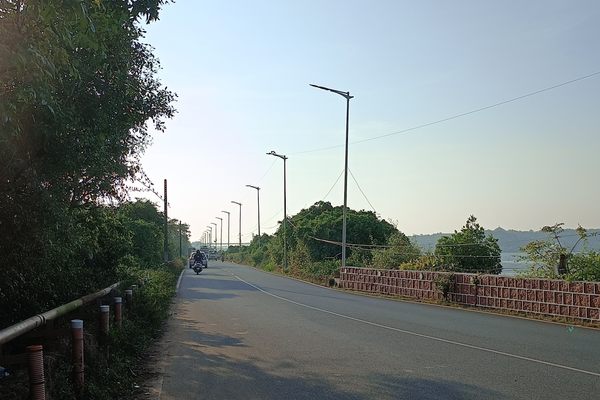

Follow us on Twitter to get the latest on the world's hidden wonders.
Like us on Facebook to get the latest on the world's hidden wonders.
Follow us on Twitter Like us on Facebook